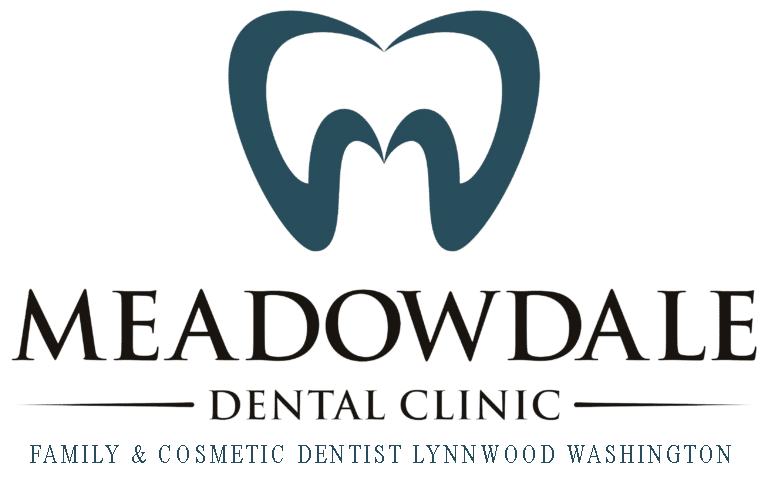Contact Meadowdale Dental Clinic Today (425) 742-9609
More on Gum Disease
Gum disease is a condition that affects over 50% of adults over the age of 30 according to the Center for Disease Control and Prevention. Most adults don’t even realize that they have it because they do not know what the signs and symptoms are. If caught early enough, it is easily treatable and reversible. If left untreated, it can cause significant oral issues including tooth loss. In all cases, periodontal disease is progressive and is caused by bacteria that accumulates on the gum lines due to excessive tartar and plaque build up.
Gum disease starts out as gingivitis. Gingivitis is characterized by inflammation of the gums and bleeding while flossing or brushing. If you have gingivitis, it will have started out as a mild condition. Occasionally you would have seen blood while brushing or traces of pink on your toothbrush. You may also have noticed that your gums are more red than normal or they look irritated or swollen.
If you have gingivitis, it is important to know that it is easily treatable and reversible. In most cases, improving your oral hygiene and visiting a dentist regularly will take care of the problem. Because gingivitis is caused by excessive tartar and plaque, the simplest solution is to remove the tartar and plaque. Usually this will get rid of enough of the bacteria to allow the gum tissues to heal and the periodontal disease to go away.
If Left Untreated
If the gingivitis is left untreated it will ultimately turn into periodontitis. This is because the longer the plaque and tartar sit on the gum line, the more bacteria will infect the gums. Over time, the symptoms and condition become worse and in some cases, irreversible. Periodontitis is characterized by the destroying of the bones and tissues in the mouth. This will eventually cause the teeth to become loose and fall out.
Treating periodontitis is much more invasive. Usually if it has reached this level, your dentist will recommend that you see a periodontist. A periodontist specializes in gums and gum disease. In most cases, periodontitis is treated with a special deep cleaning called scaling and root planing. If this does not work, your periodontist may have to do a surgical cleaning in order to get to the places in the gum line that are hard to reach and clean the plaque and tartar. If you have loose teeth, you may have to have a stint or bite guard installed in order to support the loose teeth and allow the tissues to heal.
The best course of treatment is preventative. If you take good care of your mouth you have much less of a chance of developing gum disease. Additionally, if you pay attention to any signs or symptoms such as: swollen gums, irritated gums, bleeding while brushing and flossing, frequent bad breath that won’t go away, or any changes in the structure of your mouth you have a better chance of successfully treating the periodontal disease. Ultimately, the early you catch the problem the easier it is to treat.
More on Gum Disease : What is the cure for Gum Disease?
